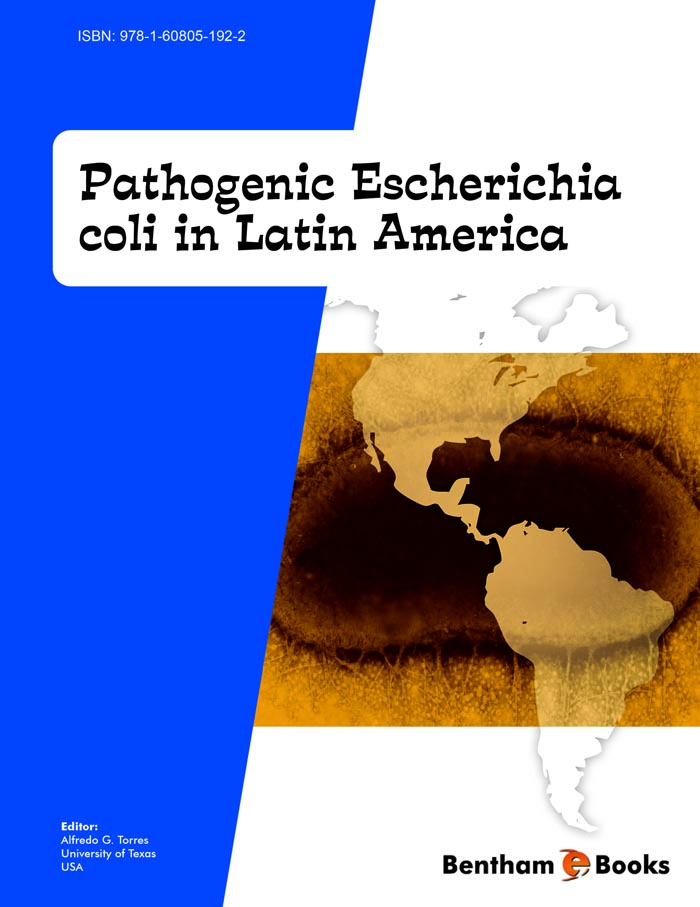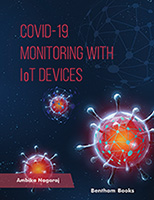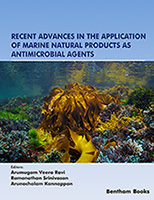Preface
In 2009, during a session at the 7th International symposium on Shiga Toxin (Verocytotoxin) – Producing Escherichia coli Infections in Buenos Aires, Argentina, I was sitting at the back of the auditorium and realized that a large proportion of the attendees were young Latin American students, postdoctoral fellows and investigators, and many of them were participating for the first time in an international meeting, where the world experts in pathogenic E. coli research discussed the “state of the art” in the field. I also observed that many of them were current and former trainees of Latin American laboratories and institutions with a long tradition in E. coli research, and those laboratories have not only contributed to the understanding of Shiga toxin-producing E. coli infections, but played a pivotal role in the identification and characterization of other categories of pathogenic E. coli. At that moment, I realized that it was the time to organize a group that helps promoting the research of the scientist in this region and as a first task to write a comprehensive text on pathogenic E. coli, summarizing and reviewing the accumulated knowledge generated by these Latin American investigators, which had make a significant impact on our understanding of these important human pathogens.
In the first 10 years of the 21st century, the different categories of pathogenic E. coli have been reviewed extensively in review articles and some books, representing the vast body of literature on this bacterium, making pathogenic E. coli the best reviewed organism in the field of bacterial pathogenesis and infectious diseases. Even though, thousands of investigators around the world have been studying different aspects of the pathogenic attributes of E. coli for more than 60 years, pathogenic E. coli remains an important cause of diarrhea and death in infants in developing countries. Intestinal infections caused by E. coli remain as an important health problem in all Latin American countries and there was a need to publish an overall review of all the studies conducted in this region that have shown, the appearance of serotypes not previously associated with disease and the evolution of some categories of E. coli, which have become the predominant pathogenic E. coli in some of these countries. This body of knowledge produces by these investigators needed a critical review that was comprehensive and integrate all the different countries and all the researchers.
Why this book is different from other books which are already published on pathogenic E. coli? Most prior volumes concentrated on the basic and clinical research progress performed by laboratories in North America, Europe, Australia or Japan, and none of them covered the situation in Latin America. The book “Pathogenic Escherichia coli in Latin America” is a unique, comprehensive analysis of the most common categories of E. coli associated with diarrheal illness in Latin America. The aim of the book is to allow leading investigators in this region to discuss molecular mechanisms of E. coli pathogenesis followed by chapters on diagnosis, clinical management, host immune responses, animal reservoirs and epidemiology. In addition, the authors discuss the current situation of E. coli in representative countries, including Argentina, Brazil, Chile, Colombia, Mexico, Peru and Uruguay. This e-book presents timely and vital information to understand the current work on pathogenic E. coli in Latin America and presents future research in this region. The book is divided into 17 parts. The first 2 parts introduce the foundations of E. coli and the evolution and epidemiology associated with this pathogen. Parts 3-6 review the 4 most important categories of intestinal pathogenic E. coli in Latin America. Parts 7-9 are an overview of the current knowledge regarding diagnosis, clinical management and host responses to E. coli. Part 10-14 present the current situation of E. coli infections in 7 Latin American countries. Part 15 discuss the animal reservoirs, transmission and animal disease. Part 16 introduce a relative new area of investigation regarding communication mechanisms between host and pathogen. Finally, part 17 is an assay by top investigators in the region discussing future directions of E. coli research in Latin America. I hope this book becomes a useful textbook for current and future generations of investigators and serves as a reference for the E. coli community to understand the past and present of research in Latin America.
Alfredo G. Torres, PhD
Galveston,Texas





